
Shortened abstracts from each speaker:
Published: 14.03.25
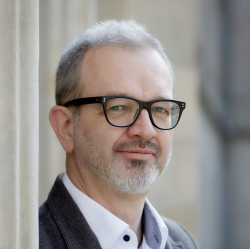
Dr. Michael Heinrich, Professor MA
Creating Human-Oriented Architectural Environments: Evidence-Based Design and Meta-Disciplinary Aesthetics
Designing environments significantly impacts our well-being, health, and performance. Evidence-Based Design (EBD) integrates qualitative and quantitative methods to ground design decisions in verifiable data, addressing human needs beyond traditional functions. This approach requires systematic research across disciplines like psychology, neuroscience, and sociology. By synthesizing insights from various fields, designers can create spaces that foster harmony, well-being, and social coherence. The future success of design depends on breaking down silos, combining knowledge, and crafting environments that connect human needs and desires to the world around us.
Published: 14.03.25

Siv Stangeland MNAL
Hand drawing and relational design
Helen & Hard Architects' relational design approach explores adaptable spatial and structural concepts through feedback and iterations. Siv Stangelands doctoral research focused on architects' capacities in multi-relational design processes and the supporting design levels. Hand drawing, a key tool alongside digital media, was defined as a research tool. It engages the body as a sensing organ, facilitating dialogue with feedback and accessing embodied spatial history. Hand drawing allows fluid transitions between projective, reflective, and descriptive modes, combining different design levels. The presentation will showcase examples of drawing supporting relational design.
Published: 14.03.25
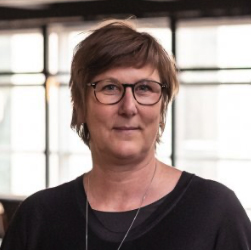
Dr. Inge Somers
Demystifying PhDs to bridge academia and professional practice
Dr. Inge Somers discusses the benefits of PhDs for the interior architecture profession, sparked by a debate at the GA-meeting in Florence in 2022. Somers highlights the historical link between education and professional practice, the roles of education, research, and practice, and various forms of research. The talk aims to further explore these topics, share reflections on the author's PhD journey, and emphasize the importance of developing new knowledge to advance the discipline. The goal is to bridge academia and professional practice through PhDs.
Published: 07.03.25
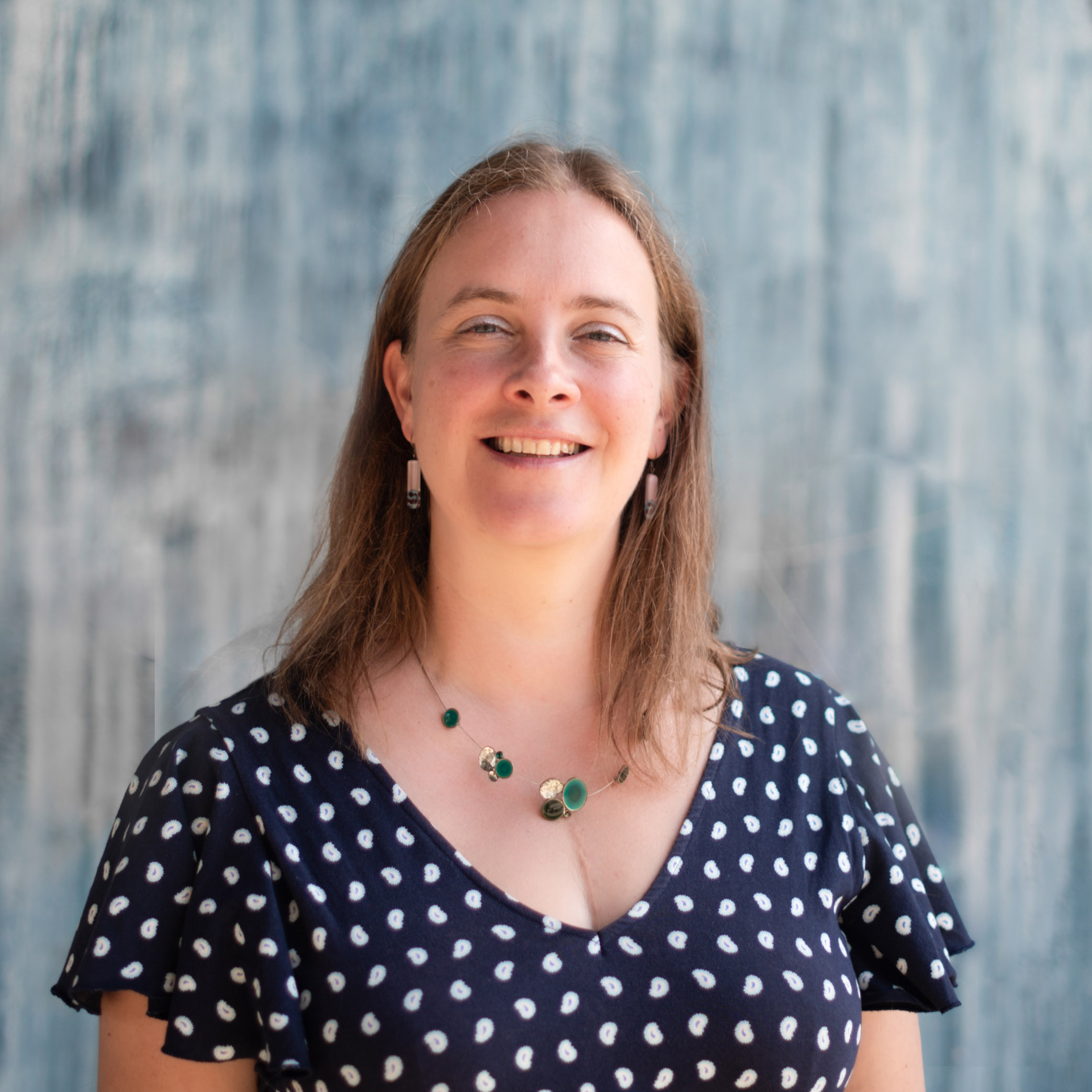
Prof. Els De Vos
The value of Education
The presentation by Prof. dr. Els De Vos (University of Antwerp) highlights the varied educational landscape of interior design and interior architecture across Europe. Drawing from questionnaires and focus groups with experts from fourteen European countries, it examines the differences in program names, study lengths, academic levels, and the institutions that offer these programs. This research, funded by the European ECIA-BCSP project, was conducted between May 2022 and September 2023. The findings reveal that, while this diversity enriches the field, it also complicates standardization and professionalization of interior architecture.
Published: 07.03.25
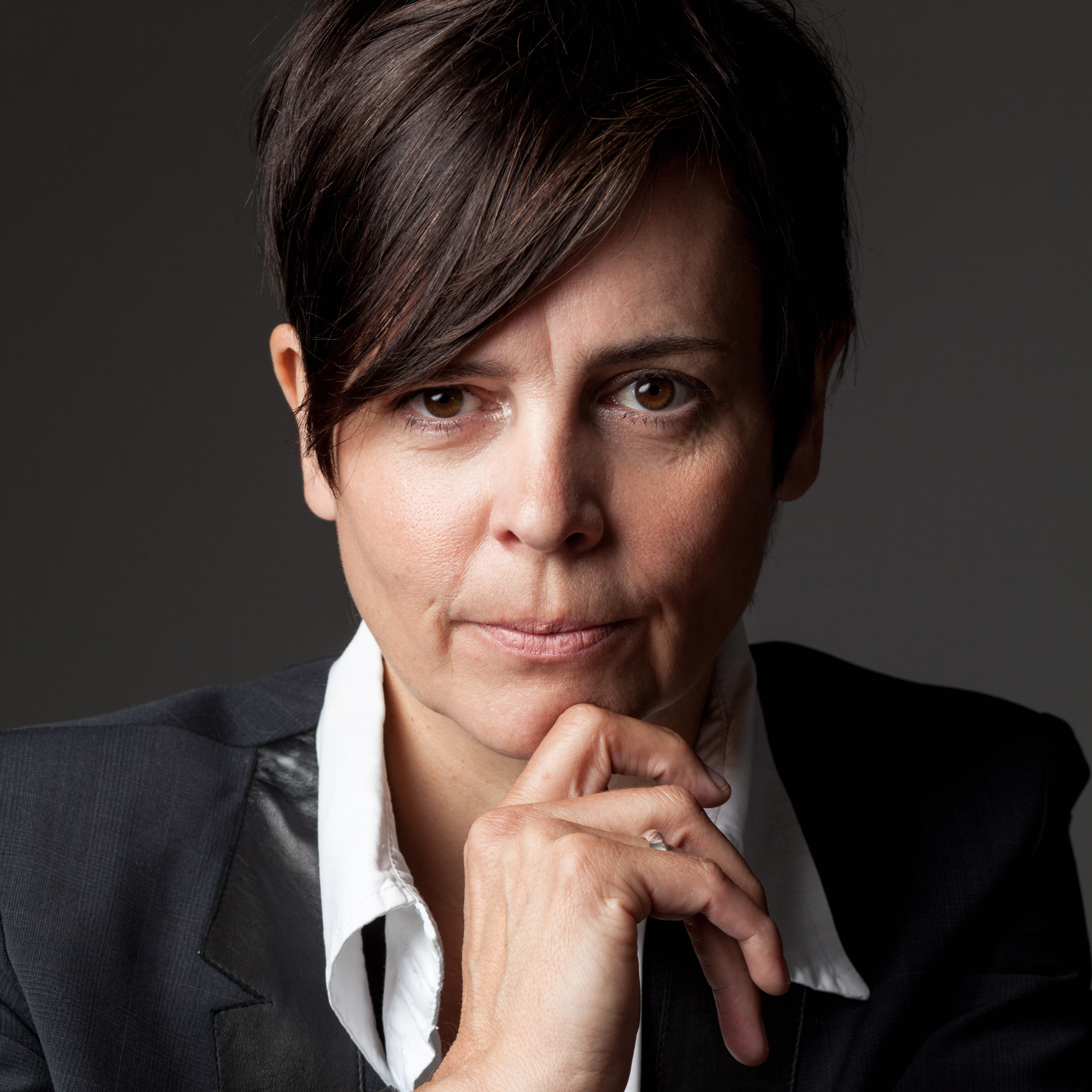
Prof. MScAAD. Gemma Koppen
The IPSE-Plus Typology: From a Scientific Human Scale to Therapeutic Architecture
Gemma Koppen, Prof. MSc., explores the urgent need for redesigning healthcare facilities to better support healing. She introduces "La Infirmita," a new human scale for evidence-based design, derived from the spatial experiences of the severely ill. The study focuses on "Therapeutic Architecture" for long-stay facilities, aiming to enhance autonomy for individuals with severe intellectual disabilities through spatially experienced temporality. The findings, based on qualitative data from the Netherlands, provide valuable insights for future facility designs to better accommodate these individuals' needs.
Published: 07.03.25

Miriam Dreyer, MA
The ATLAS Archive
The ATLAS Archive, launching on April 25th at the Substance Conference in Oslo, is a comprehensive online repository for interior architecture and design across Europe. It unifies practice-based and academic research, promoting innovative practices and higher discourse in the field. The project, part of the ECIA's Building on Connections for a Stronger Profession initiative, includes the ATLAS Archive and the ATLAS Exchanging Knowledge lecture series. Funded by the EU, it aims to support interior professionals and foster a collaborative network. Key contributors include Prof. Graeme Brooker, Miriam Dreyer (MA), and Field Studio.
Published: 05.03.25
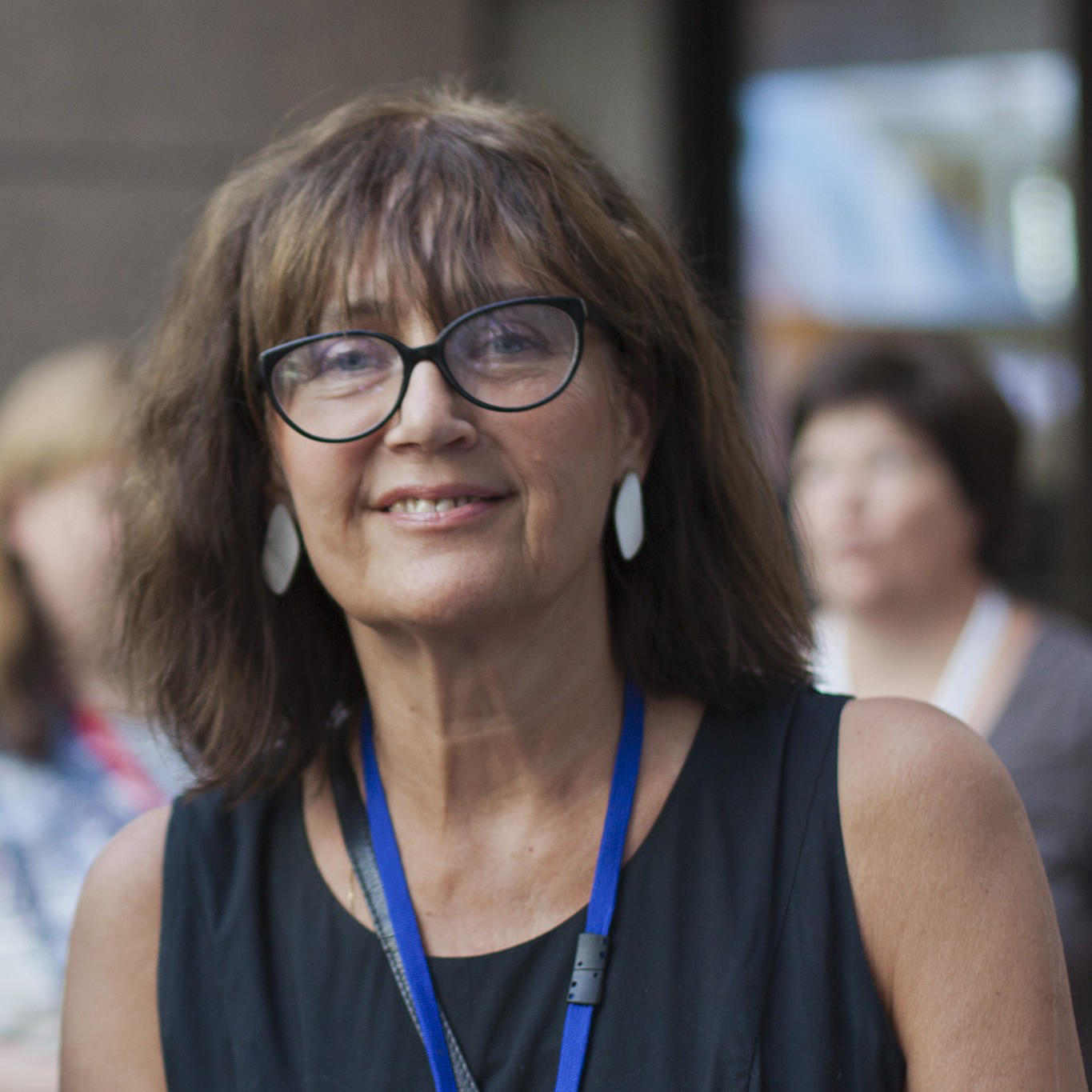
Prof. Dr. Tüüne-Kristin Vaikla
The transformation of space, and particularly spatial intervention
Prof. Dr. Tüüne-Kristin Vaikla, a spatial practitioner, explores the revitalization of abandoned spaces, emphasizing the revelation of hidden spatial relationships. Vaikla examines the dynamic interaction between space and people, highlighting how physical spaces influence behavior and vice versa. Drawing on Henri Lefebvre's theory from The Production of Space, Vaikla views space as a socio-temporal product shaped by human interaction. The importance of adaptable design practices is underscored, advocating for flexible spaces that evolve with their users' needs, ensuring relevance and multifunctionality in contemporary architecture.
Published: 05.03.25
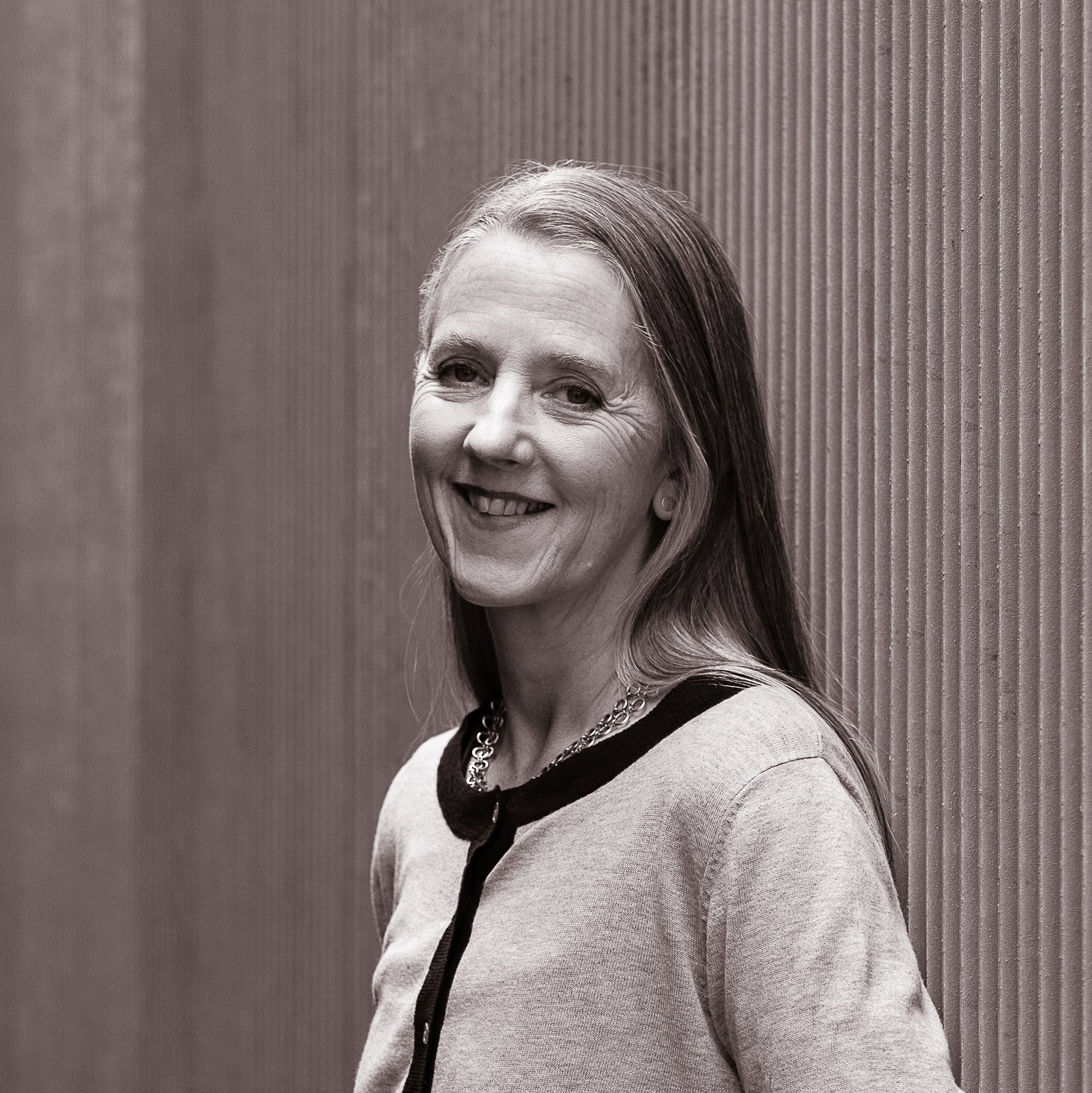
Dr. Suzie Attiwill
Practice research PhDs – philosophy in practice
Dr. Suzie Attiwill discusses a unique practice research PhD program at RMIT University, available since the early 1990s in Melbourne and more recently in Barcelona, Saigon, and Manhattan. This program allows practitioners to reflect on their practice, surfacing a "practice intelligence" that combines pragmatism, technical skills, and a philosophy of practice. It emphasizes the value of practice as a research site, fostering a community of practice, and addressing subjective and aesthetic experiences. This approach contributes to the discipline and promotes a critically engaged profession in a broader social and cultural context.
Published: 05.03.25
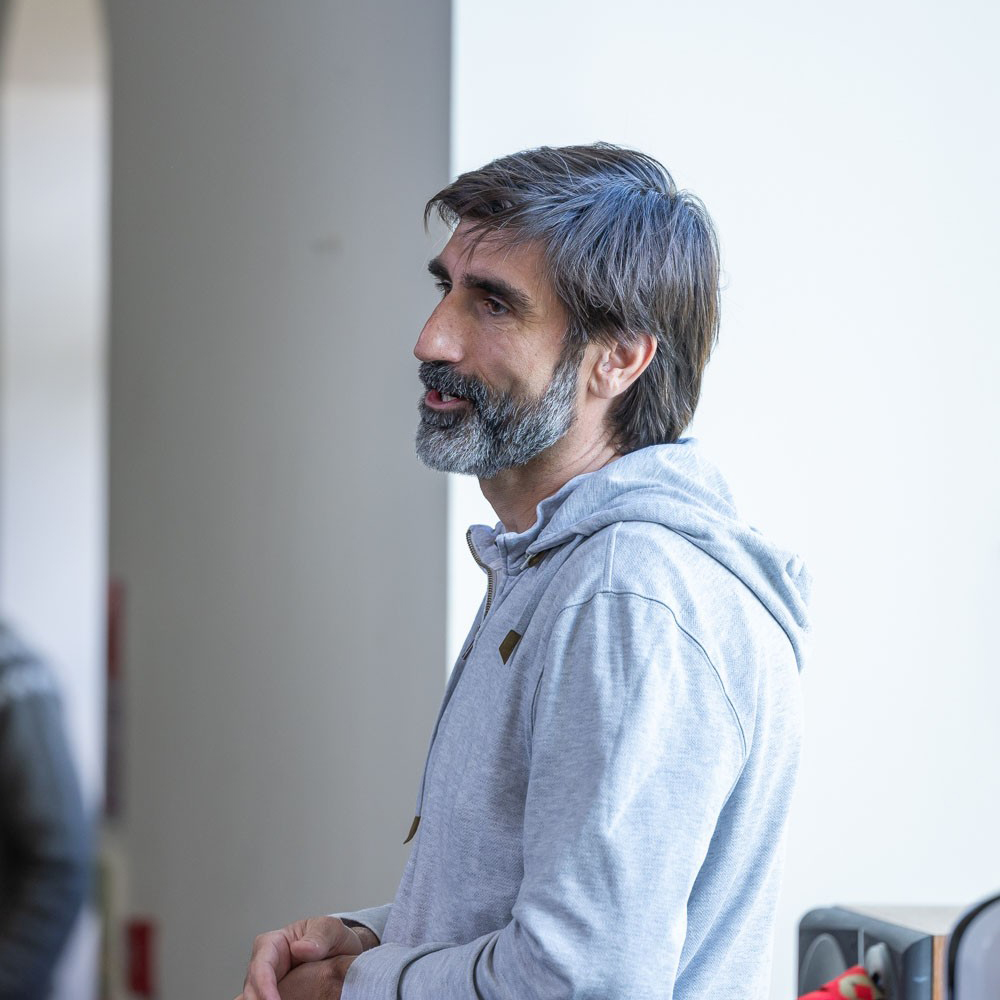
Prof. Albert Fuster Marti
The Material Knowledge
Prof. Albert Fuster Marti explores how sensory and haptic architecture can be developed in research projects. Marti critiques traditional design research methodologies for neglecting sensory, material, and embodied interactions. The talk highlights new approaches that emphasize the senses and material world, enriching design research with fresh insights. It showcases projects that challenge boundaries and assumptions, suggesting connections with other research fields. The aim is to encourage academics and professionals to deepen their research scope by integrating these new perspectives, ultimately strengthening the theoretical framework of design research.
Published: 21.02.25

Prof. Vésma Kontere McQuillan
Liminality of Fashion Spaces as a Framework in Research in Interior Architecture/Design
Prof. Vésma Kontere McQuillan explores the intersection of fashion and interior architecture, focusing on the spatial design of fashion shows. Her work highlights the transient, dynamic nature of fashion spaces, which blend physical and digital realms and involve diverse contributors. She introduces architectural critique to fashion analysis, emphasizing sustainability and innovation. McQuillan argues that fashion shows, as liminal spaces, offer valuable insights for interior architecture research and development, demonstrating how ephemeral fashion environments can inform and transform the discipline.
Published: 21.02.25
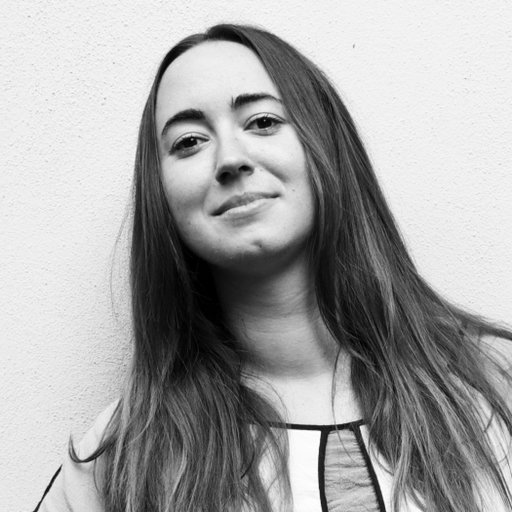

Prof. Chiara Lecce & Prof. Francesco Scullica
How interior design comes to be investigated within the Ph.D. in Design Program of the Design Department of the Polytechnic of Milan
Prof. Chiara Lecce, together with Prof. Francesco Scullica, explores the significance of interior design within the Ph.D. program at the Polytechnic of Milan's Design Department. Their paper highlights the historical and contemporary relevance of interior design, its integration with the university's design system, and the influence of key figures like Giampiero Bosoni, Andrea Branzi, and Luciano Crespi. It also addresses strategic themes such as modularity, technological advancements, and social innovation, emphasizing the role of design in shaping interior spaces.
Published: 21.02.25

Prof. Torsten Hild
Building space – building knowledge
Prof. Torsten Hild discusses a sustainable approach to interior architecture, emphasizing the integration of theory and practice. It highlights the challenge of conveying tacit knowledge in the field and explores a pedagogy based on John Dewey's "Learning by doing" at HDK Valand Campus Steneby, University of Gothenburg. This method involves a cyclical process of making and reflecting, encouraging students to develop their own knowledge. Hild also proposes a design method focusing on project prerequisites, promoting a holistic process and "thinking with our hands," inspired by Juhani Pallasmaa.
Published: 14.02.25
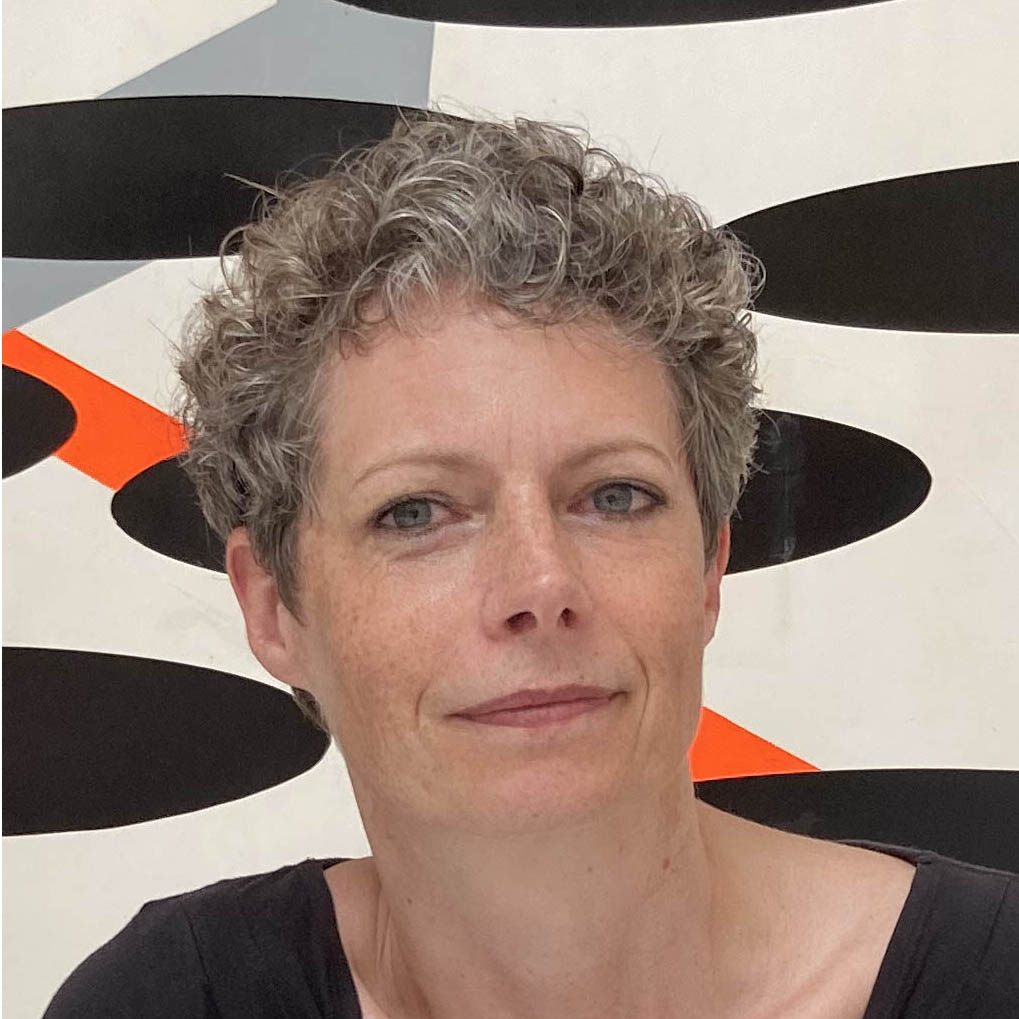
Prof. Dr. Carola Ebert
The Research-Design Nexus. Five Different Roles of Research in Interior Education
In the 21st century, interior architecture/interior design has matured as a discipline with a distinct body of knowledge and wide array of research. This presentation looks at different roles of research in interior education. Discussing examples of research-oriented pedagogy from Berlin International’s interior MA programs, it highlights how research and design can be integrated in reflective design processes and elaborates how MA students explore design research topics in written theses and concurrent design projects. The talk emphasises the importance of research-based interior education in advancing the field and preparing students for future professional practice and PhD programs alike.
Published: 14.02.25
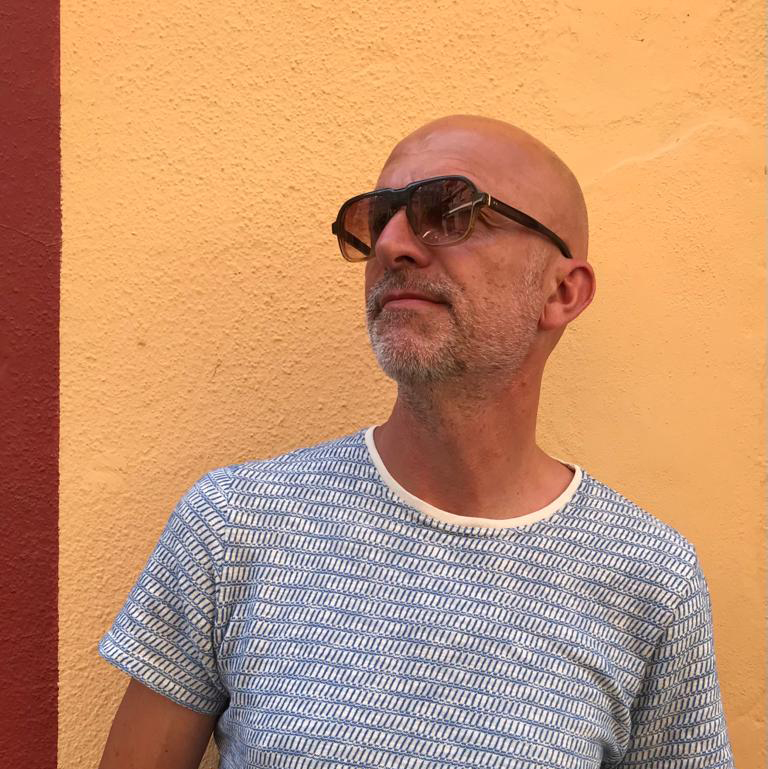
Prof. Graeme Brooker
Substance as Method: Reverse Normative Research
Prof. Graeme Brooker explores the concept that reusing existing buildings is fundamental to interior formation. Brooker proposes that reuse processes redefine research methods by reversing normative processes. Elements found or in-situ are reused to provide answers, with agents critiquing and proposing their recirculation. The talk highlights how these reverse normative methodologies are unique and essential to the subject, shaping disciplinary research and knowledge, especially when reuse is considered a core substance. Key terms include reuse pedagogies, anastylosis, spolia, harvest map, mudlarking, and waste.
Published: 14.02.25
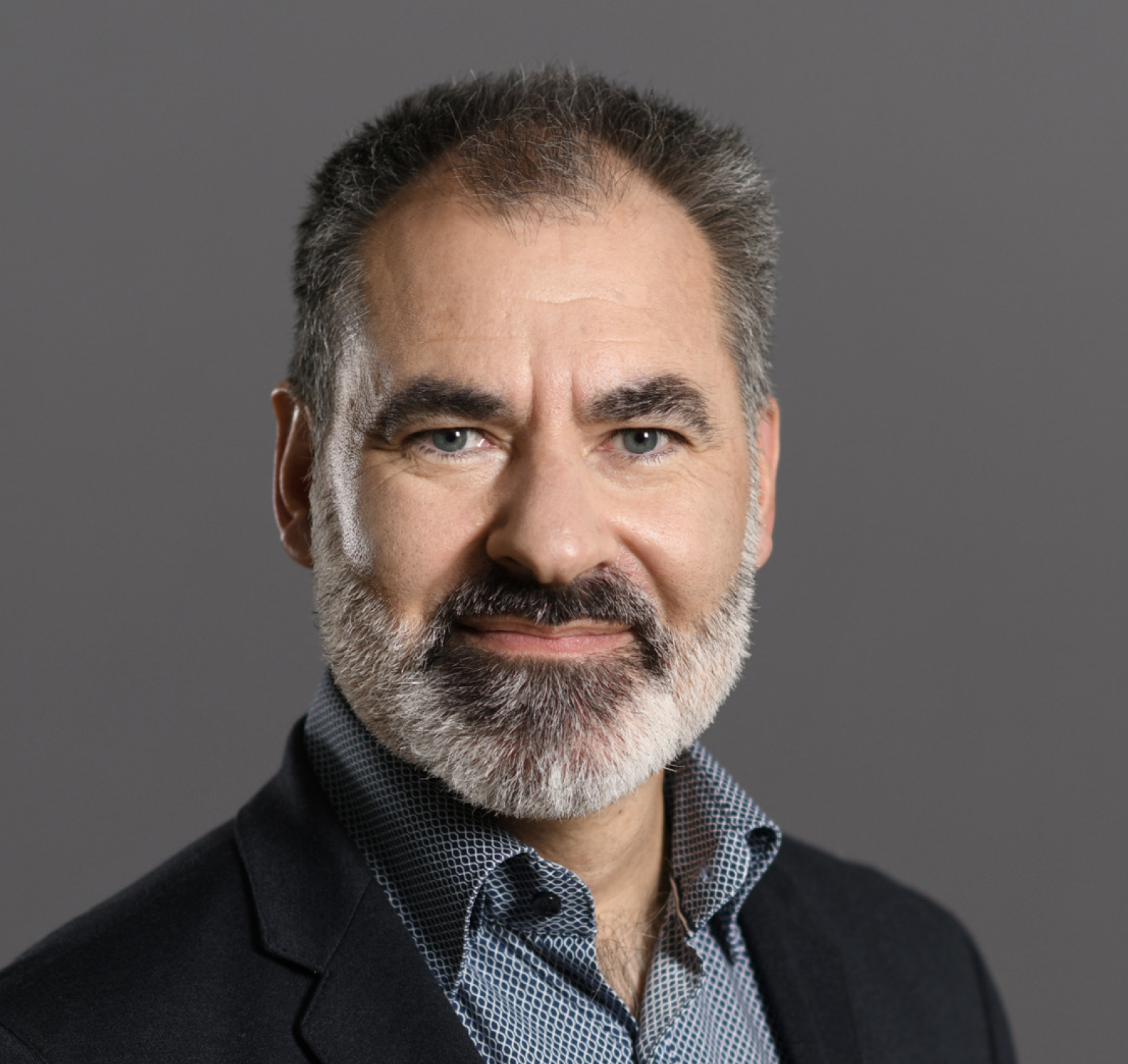
René Pier
Introduction; Research in interior architecture/design
Reflecting on contemporary society, interior architects/designers face the challenge of connecting to strengthen the profession. The Substance conference will showcase BCSP Projects and the University of Antwerp's spider model research on interior architecture regulation. The 2020 Charter of Interior Architecture training, divided into three parts, covers the profession's history, definition, and required skills. The appendix includes a matrix for core study and research aspects to prepare for future challenges.


Co-founded by the European Union. Views and opinions expressed are however those of the author (s) only and do not necessarily reflect
those of the European Union or Creative Europe. Neither the European Union or Creative Europe can be held responsible for them.
ECIA Conference Substance
 Registration website for ECIA Conference Substance
Registration website for ECIA Conference SubstanceECIA Conference Substanceinfo@aanmelder.nl
ECIA Conference Substanceinfo@aanmelder.nlhttps://www.ecia-conference.net
2025-04-24
2025-04-25
OfflineEventAttendanceMode
EventScheduled
ECIA Conference SubstanceECIA Conference Substance0.00EUROnlineOnly2019-01-01T00:00:00Z
To be announcedTo be announcedevent registration made easy
aanmelder.nl is the software partner for events.
Click here to discover the software.